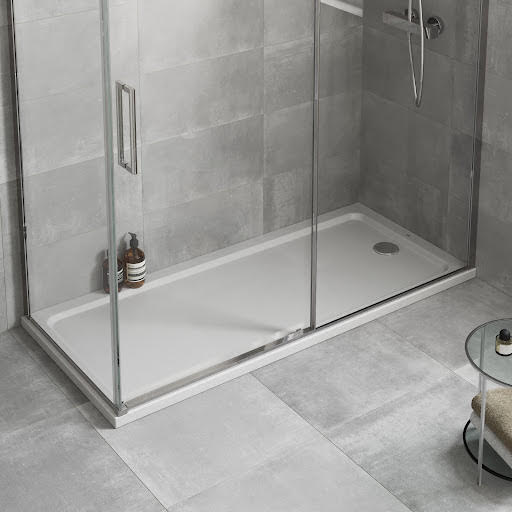I want to replace some of the radiators in the house from single to double , I want to do this where I'm going to be swapping one at a time, isolate etc , they will be the same size, and the pipework will be in the same place. Am I going to need any specialist tools or skills which will be hard ? Or is is undoing stuff swapping stuff doing stuff back up? Etc ?
there seems to be YouTube videos online about doing this isolating the radiator then swapping it out without draining your system.? I have a standard system, no combi
Any guidance on if this is a good DIY job if I take my time one at a time and get the measurements of the radiator right. Measure mine then go and find a double the same.? Try it on first small one first before I tackle the bigger ones ?
It's a fairly straight forward job. Close the valves either side of the radiator, counting how many times you turn the lockshield valve (the valve covered with a plastic cap and not normally adjustable without removing the cap).
If your bleed screw valve has gone, then when you start loosening the nuts holding the valves onto the radiator the water will come out fairly quickly. So before you loosen the nuts, get plenty of towels, rags, jugs and buckets nearby - then make sure the OH isn't watching, ready to whinge about the flooring getting wet.

There are some radiators in my house that I wouldn't dream of lifting when full of water. But if your bleed valve is broken and letting air in, you might not get much of a chance to flip the radiator. I'd be tempted to bung it up with something to stop air getting in, just to get some control of the air going in, especially while you're draining the radiator into jugs and emptying those jugs into buckets.
Before replacing the radiators, you could run some system cleaner through for a few days before you start. I know you're replacing the radiators, but it will help clean the rest of radiators and pipework in the system. Once you've installed all the radiators and know they're leak free, put some inhibitor in.
Is there a reason you're doing the radiators one by one? And do you mean in one day, or over a long period? It'd make your life a lot easier to drain the system then replace the radiators in one go. This way you won't be introducing crud into your brand new radiators.








